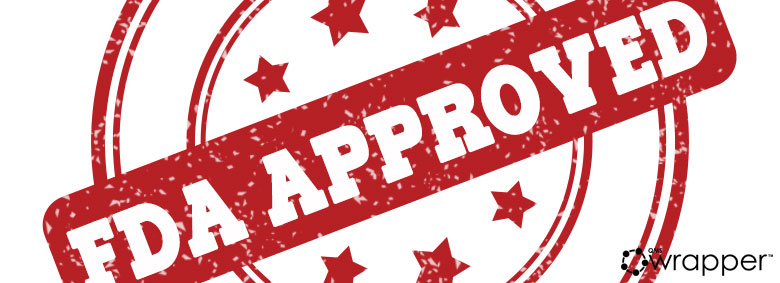
20 facts about FDA Approval Process for medical devices
It is not easy for medical device manufacturers to face that torrent of information that awaits them when they need to face regulatory bodies and launch their device on the market.
Every company that plans to sell its medical device on US ground has to register with the FDA. In the following listing you will read a brief overview of what to expect - key points that will help you to be aware of what awaits you.
- Approval for new medical device, from concept to market, takes an average of 3 to 7 years
- Devices are classified based on the level of risk in Class I or “low risk,” Class II or “moderate risk” and Class III, or “high risk”
- There are four basic paths that manufacturers can use to bring new medical devices to the US market: the PMA, the 510(k), the De Novo, and the Humanitarian Device Exemption (HDE) pathways
- The US FDA requires all medical device manufacturers to register their facilities, and list their devices with the agency
- Once a medical device is on the US market, the manufacturers must comply with various post-marketing regulations on labeling and advertising, manufacturing and surveillance
- There are at least three key steps that developers should follow to bring their device to the US market:
Step 1: Classify the device
Step 2: Select the appropriate regulatory pathway
Step 3: Register the establishment and list the device
- The FDA established the risk-based device classification system for medical devices on the level of control necessary so that there is a reasonable assurance of its safety and effectiveness
- Medical Device classification depends on the intended use and indications for use
- Most class I devices are exempt from the 510(k) clearance pathway, per to agency
- For Class II and III devices, its required Quality Management System (QMS) that meets the FDA Quality System Regulation (QSR) found in 21 CFR Part 820
- Class II and Class III devices require clinical studies
- For Class II devices preparation and submission 510(k), Premarket Notification application is needed
- For Class III devices FDA conducts facility inspections of manufacturers and everyone involved in design and production. They all have to be compliant with FDA QSR
- For Class II devices, the FDA issues 510(k) clearance letter and posts it online and for Class III devices, the FDA issues PMA approval letter and posts it online
- FDA US Agent is required in case of no local presence in the US for getting in touch with FDA
- Once the medical device is approved, it must be registered to FURLS (FDA Unified Registration and Listing System)
- To get FDA approval, it requires to go through is quite difficult and it does take time, knowledge and skills
- Numerous guidance documents and FDA policies and procedures are available on the FDA website
- FDA oversees over 6,000 different medical device product categories
- About 35% of medical devices used in the USA are imports
A QMS software can help you stay compliant can help you finish your documentation on time and get ISO certified. Be smart and use a tool, the secret to saving 100’s of hours on your medical device project!
Melanie
|
Ann Humphry
|